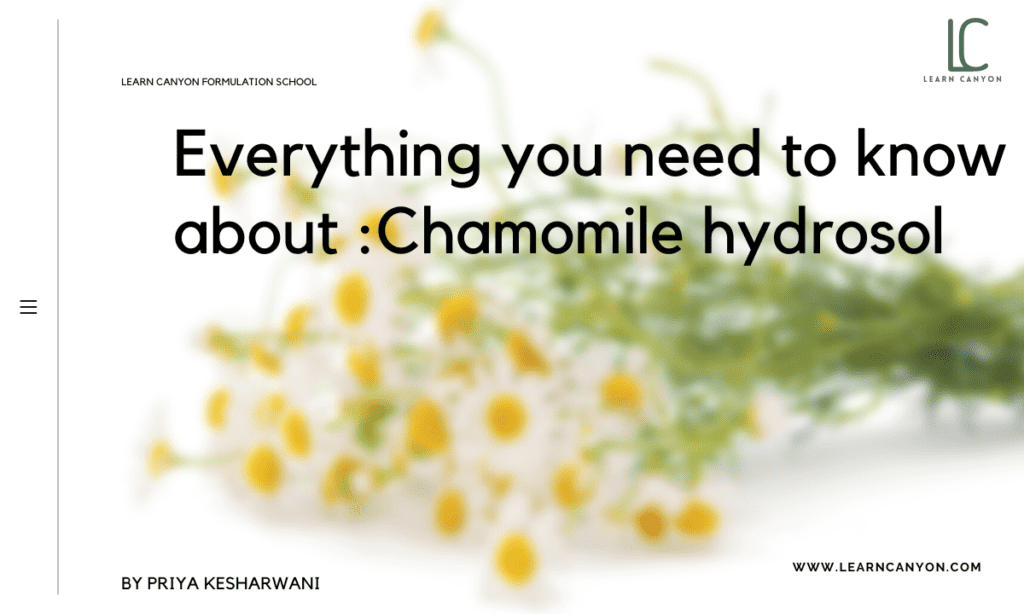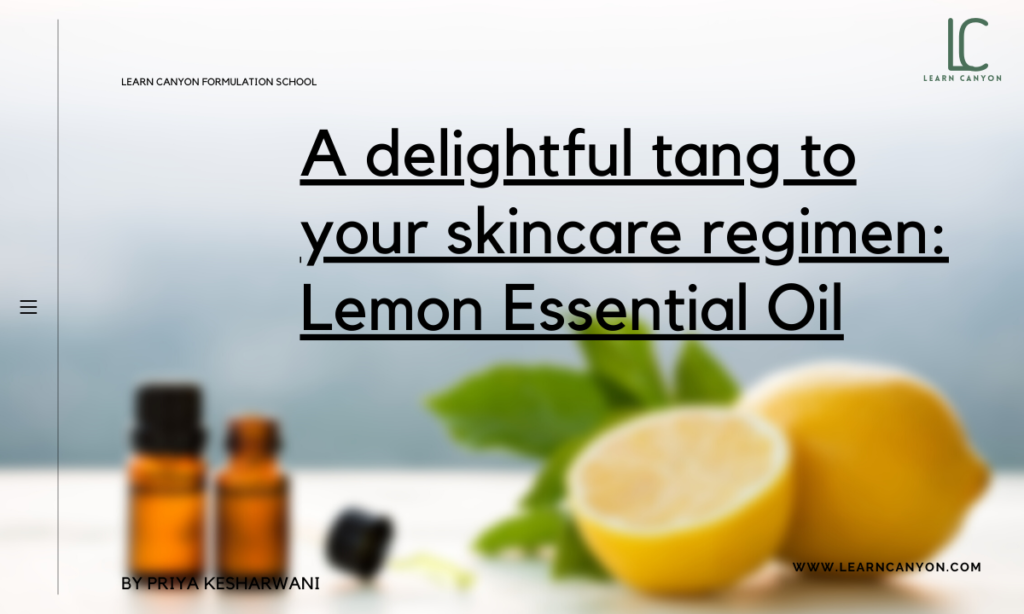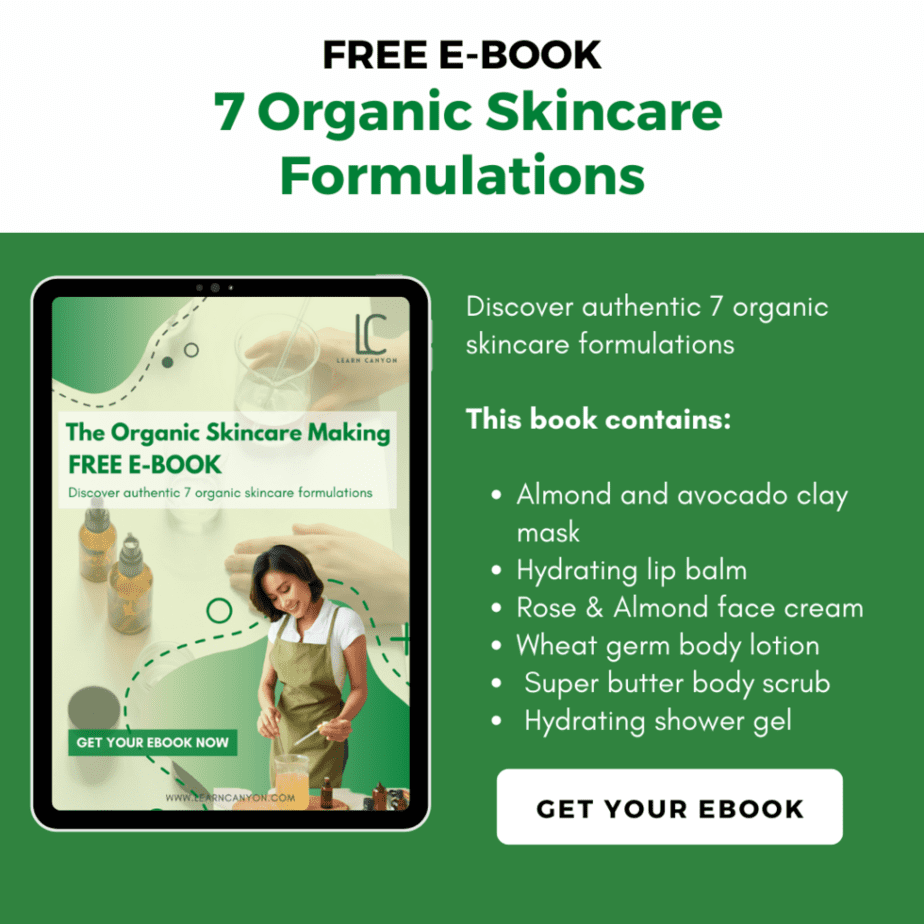
SCI (Sodium Cocoyl Isethionate)
SCI (Sodium Cocoyl Isethionate)
Do you know which ingredient is the most prevalent in your skincare? Surfactants! Surfactants can be found in a wide range of cosmetics and personal care products, including cleansers, moisturisers, and makeup. SCI (Sodium Cocoyl Isethionate) is one of these surfactants, and it’s utilised to boost the foaming ability of a variety of beauty products.
What is sodium cocoyl isethionate?
Sodium Cocoyl Isethionate Raw Material is a surfactant made up of Isethionic Acid, a form of sulphonic acid, and the fatty acid – or sodium salt ester – produced from Coconut Oil. It’s commonly referred to as Baby Foam because of its outstanding mildness. It has long been used as a substitute for sodium salts obtained from animals, such as sheep and cattle. A thin white powder known as sodium cocoyl isethionate
| What is it? | Coconut oil is used to create a solid, gentle anionic surfactant. |
|---|---|
| INCI | Sodium Cocoyl Isethionate |
| Appearance | Noodles/tiny sticks, fine powder, lumpy powder, chips |
| Texture | Slippery, detergent |
| Recommended Usage | It is 84% dependent on total fatty matter. |
| Solubility | Water soluble |
| Melting point | 60-70 |
| Boiling point | NA |
| pH | 4.5– 6.5 (10% Solution) |
| Aroma | Characteristically soapy/detergent-y. |
| Why do we include it in formulations? | It gives our products a lovely, delicate "lace glove" lather. It's also naturally acidic, allowing us to achieve a skin-friendly pH with minimal (or no) tweaking. |
| How to work with it? | In the water phase, make a slurry and slowly incorporate it into the formulation. |
| Applications | Sodium Cocoyl Isethionate is a surfactant that cleans the skin. |
| Absorption rate | Fast |
| Strength | The lather is amazing and soft. |
| Weaknesses | It can be difficult to melt down the larger shapes. |
| Substitution | SLSa with sodium olefin sulfonate (C14-16) (Bio-Terge AS90). |
| How to store it? | Stored in a cool, dark and dry place. |
| Shelf life | SCI has a two-year shelf life. |
| Type of ingredient | SCI (Sodium Cocoyl Isethionate) is an anionic surfactant. |
|---|---|
| Main benefits | Emollient, Cleansing and Foaming Agent. |
| Who should use it | All skin types are welcome to use it. |
| How often can you use it? | It's fine to apply every day, but it shouldn't be left on for more than a few minutes at a time, like other surfactants, to avoid irritation. |
| Works well with | It's compatible with a wide range of different surfactants. To make a thicker mixture, it's frequently used with natural polymers like xanthan gum and carrageenan gum. |
| Doesn't work with | SCI has no known negative interactions with other substances. |
| How to use | Added to your formulation's water phase. |
Mechanisms of action
The inability of SCI’s micelles to contribute to skin penetration was one of the reasons for its mildness.
The SCI micelles were found to be significantly larger than the skin’s aqueous pores, implying that the SCI micelles are unlikely to enter the skin and cause more discomfort. Surfactant, often known as a surface-active agent, is a detergent-like chemical.
When added to a liquid, it lowers the surface tension, making it easier to spread and moisten. Surfactants break down these interactions as they absorb.
Because the intermolecular interactions between the surfactant and the water molecule are substantially lower than those between two water molecules, surface tension is reduced.
Micelles occur when the concentration of surfactant is high. The critical micelle concentration is the point at which micelles begin to form. The primary function of surfactants is to reduce surface and interfacial tension while also stabilising the interface.
Benefits of sodium cocoyl isethionate
- Sodium Cocoyl Isethionate has a strong foaming ability and produces a stable, rich, and velvety lather that does not dehydrate the skin, making it perfect for use in water-free products.
- This high-performance surfactant is widely used in liquid shampoos and bar shampoos, liquid soaps and bar soaps, bath butters and bath bombs, and shower gels, to name a few foamy items.
- This gently fragrant and conditioning washing agent is gentle enough for baby’s sensitive skin, making it an excellent surfactant for makeup, personal care products, and natural toiletries.
- Its emulsifying property, which allows water and oil to mix, makes it a common ingredient in soaps and shampoos since it promotes dirt to adhere to them, making it simpler to remove.
- Its luxurious foaming capacity and conditioning properties leave hair and skin feeling moisturised, soft, and silky smooth.
Side effects of SCI
When designed to be non-irritating, the chemical has been recognised safe for use in cosmetics by the Cosmetics Ingredient Review.
How to use it in formulation?
It is recommended that the chips be crushed prior to melting to help increase the melting rate of Sodium Cocoyl Isethionate in a formulation. To enable for easy mixing with other surfactants, Sodium Cocoyl Isethionate must be melted gently on low heat.
A high shear stick blender is indicated for blending the surfactant phase. This method avoids the excessive foaming that could occur if all of the ingredients were combined with the stick blender at the same time. After that, you can add the surfactant combination to the rest of the formulation.
Work well with other ingredients
Surfactants like sodium cocoyl isethionate allow water, oil, and grime to combine and become cleaner. Most surfactants are compatible with it.



